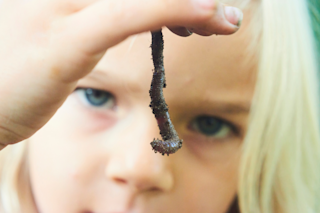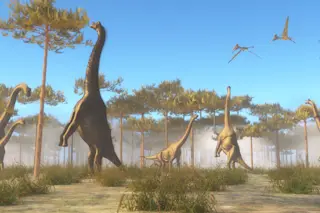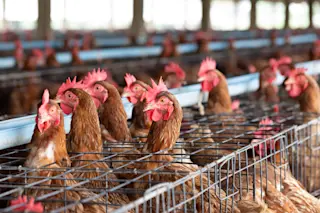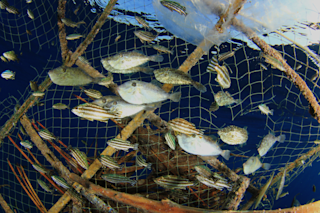Christina Agapakis is a synthetic biologist and postdoctoral research fellow at UCLA who blogs about about biology, engineering, biological engineering, and biologically inspired engineering at Oscillator.
When you factor in the fertilizer needed to grow animal feed and the sheer volume of methane expelled by cows (mostly, though not entirely, from their mouths), a carnivore driving a Prius can contribute more to global warming than a vegan in a Hummer
. Given the environmental toll of factory farming it’s easy to see why people get excited about the idea of meat grown in a lab, without fertilizer, feed corn, or burps. In this vision of the future, our steaks are grown in vats rather than in cows, with layers of cow cells nurtured on complex machinery to create a cruelty-free, sustainable meat alternative. The technology involved is today used mainly to grow cells for pharmaceutical development, but that hasn’t stopped ...













